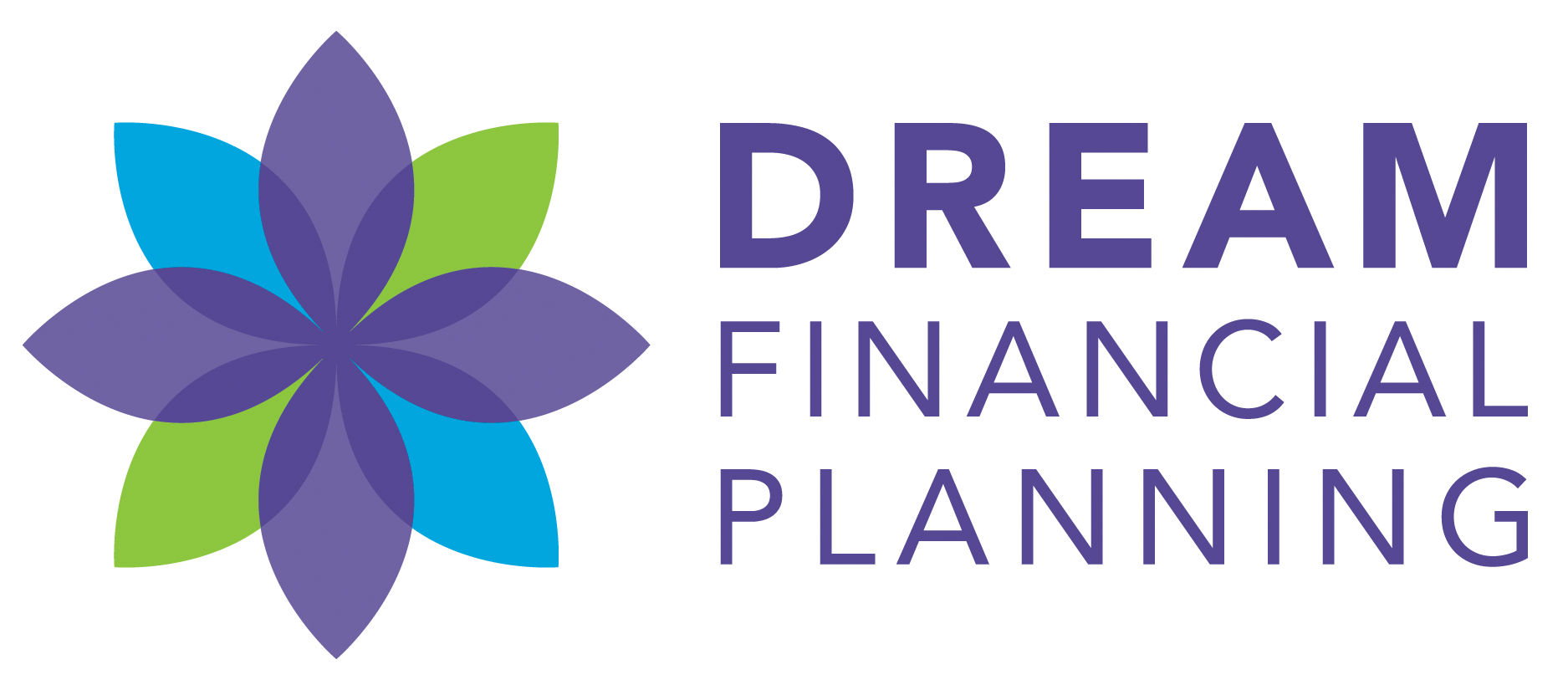Resources
A Knowledge Hub for Alberta Families
Money decisions can feel complicated. Insurance, investments, and taxes all come with questions, and sometimes it’s hard to know where to turn. Here, you’ll find resources to help you understand how money works and how to plan and make informed choices.
As a licensed advisor with the Alberta Insurance Council, I share resources that are fully compliant and approved. Many come directly from The Link Between, a trusted hub of financial knowledge in Canada.
What You’ll Find Here





Investments
Providing Alberta investors with trusted insights, expert guidance, and practical strategies to grow and protect their wealth.
From understanding RRSPs, TFSAs, and segregated funds to planning for retirement, wealth transfer, and market volatility, the articles on this page help Albertans make confident, informed investment decisions. Whether you’re just starting out or preparing for retirement, you’ll find clear, actionable advice tailored to building long-term financial security across every stage of life.
Investments
-
Fall In Love With These Income Splitting TipsList Item 1
Learn smart ways to split income and save on taxes with your spouse.
-
TFSA vs RRSP vs Both: What’s Best?List Item 2
Compare the benefits of TFSAs and RRSPs for your unique financial situation.
-
How to Use a TFSA to Get Better Investing ResultsList Item 3
Explore strategies to maximize returns within your TFSA.
-
It’s Not Too Late To Make an RRSP Contribution
Key dates and details for RRSP contributions.
-
Segregated Funds and the Death Benefit GuaranteeList Item 4
Understand how seg funds protect your investments after death.
-
The ABCs of Investing in Under 5 Minutes
A quick guide to choosing the right investment type.
-
Getting the Most from Your RESP
Learn a proven strategy to maximize government grants and tax deferral.
-
Making Your Retirement Easy Breezy with RRIFs and LIFs
Understand how RRIFs and LIFs work as income tools during retirement.
-
Your Segue into Segregated Funds
Learn why seg funds may offer peace of mind in volatile markets.
Invest with confidence and purpose.
Whether you’re maximizing your RRSP, exploring TFSAs, or preparing for retirement, our Alberta-based advisors can help you create a strategy that fits your goals.
Planning Tools
Explore this comprehensive suite of interactive financial planning tools to help individuals and families assess, plan, and optimize their finances. Covering everything from retirement and insurance planning to debt management, tax savings, and investment strategies, it empowers users to make informed financial decisions and better understand how different choices impact their long-term goals.
List of services
-
Retirement CalculatorList Item 1
Are you on track for retirement? Use this tool to find out.
-
GIC LadderingList Item 3
Spread your GIC maturity dates to access better rates and more flexibility.
-
Tale of Two RRSPsList Item 4
Compare different RRSP contribution strategies and their long-term impact.
-
Net Worth Calculator
Calculate your net worth to evaluate your financial health and goals.
-
Cash Flow Calculator
Build a household budget and track income vs. expenses.
-
Savings Growth Calculator
See the long-term value of increasing your monthly savings.
-
Savings to Reach a Goal
Calculate how much to save each month to reach your financial goal.
-
Debt Consolidation Calculator
Consolidate debt to simplify payments and potentially lower interest.
-
Exploring Your Life Insurance Options
Get a better understanding of the different types of life insurance.
-
Loan Calculator
Estimate your loan payments, interest impact, and payoff strategy.
-
The Ultimate Planning Tool
Understand how permanent life insurance supports long-term financial goals.
-
Mortgage Calculator
Compare mortgage options by payment type, rate, and amortization.
-
Capital Required for Income
Estimate how much capital you'll need to generate retirement income.
-
RRSP Withholding Taxes Calculator
Find out how much tax your financial institution will withhold on RRSP withdrawals.
-
Optimizing Your RRSP
Use this calculator to enhance your RRSP growth.
-
Tax Calculator
Estimate your personal income tax based on current rates.
-
Insure Your Earning Power
Use this calculator to assess how much your earning power is worth.
-
RRSP Tax Savings
Estimate your tax savings when contributing to an RRSP.
-
Start Education Planning Now
Use this calculator to compare RESP savings over time.
-
CPP or QPP Benefits – Early or Later?
Compare pension outcomes based on when you start withdrawing.
-
Will the Money Last?
Find out how long your retirement savings will last based on withdrawals.
-
Disability Insurance Needs Calculator
Calculate if your current disability coverage is enough.
-
Critical Illness Insurance Needs Calculator
Estimate how much CI insurance you may need.
-
Final Tax Bite
Estimate taxes owed on your estate and plan ahead.
Ready to Turn Your Numbers Into a Plan?
These tools are a great starting point, but personalized advice can make all the difference.
Book a complimentary consultation with Dream Financial Planning to review your results, explore your options, and create a strategy tailored to your goals.
Insurance
Helping Albertans understand how the right insurance strategy can protect their families, businesses, and financial future.
Explore expert-written articles on life, disability, and critical illness insurance, as well as estate and tax planning tailored to Alberta’s unique financial landscape. From protecting your income to preserving your legacy, discover how thoughtful, needs-based coverage can give you peace of mind and long-term financial security.
Insurance
-
Life Changes: Why Annual Insurance Reviews MatterList Item 1
Keep your coverage up to date—click for a breakdown of the advantages of an annual review.
-
Life Insurance for the Modern FreelancerList Item 2
Build a flexible insurance strategy that grows with your freelance career.
-
Have You Considered Life Insurance as an Asset Class?List Item 3
Learn how life insurance fits into your wealth strategy and protects your legacy.
-
Effective Estate PlanningList Item 4
Learn how to ensure a smooth transfer of assets to your loved ones.
-
Your Comprehensive Guide to Navigating the Insurance Process
Get a full understanding of the insurance application process.
-
How to Manage Your Financial Wellness
Tips to manage money better and work toward financial well-being.
-
To Farm or Not to Farm?
Learn about tax-efficient estate transfer strategies for farm families.
-
A Second Cup or More? The Caffeine Question
Explore the benefits and risks of your daily caffeine intake.
-
6 Strategies to Create Financially Savvy Kids
Help your kids build good financial habits for life.
-
Paying Attention to Climate Change
Understand how climate change affects your health.
-
Obstructive Sleep Apnea: Sleep Well, Breathe Easy
Learn how OSA affects your health and ways to treat it.
-
Protect Your Business
Explore how insurance can protect and grow your business.
-
Stress Less About Your Future with Life Insurance
Discover how life insurance supports peace of mind.
-
SMART TALK: Shareholders' Agreements
Why every business owner should consider a shareholders' agreement.
-
Death, Taxes and Probate Fees
Learn how to minimize probate costs on your estate.
-
Protecting Your Digital Assets
Learn how to plan for your online photos, platforms, and accounts.
-
The Story of Insurance
Learn how life insurance works in an easy-to-understand visual.
Peace of mind starts with a plan.
Whether you’re in Edmonton, Calgary, or anywhere across Alberta, we’ll help you find the right insurance strategy to protect your loved ones and your legacy.

